I’m so old I’ve lost my Marbles a little bit. Not unlike Greece in that respect…I can’t remember my own age. There aren’t really any records of me pre middle ages, yet you humans think I’m Roman!” Maybe the stone was punch-drunk 2,000 years back, by being beaten into shape by Trojan hero Brutus. “Brutus? Well, the chap was mythical yet I’m very much here. But I do like the legend.”When you’re talking to a famous stone, an obvious question to ask (other than ‘why am I talking to a stone?’) is what it makes of its more famous rocky brethren. The Rosetta Stone? “Very sweet.” What about the Blarney Stone? “Good for the craic. My favourite other Stone is Keith Richards.(The) Rosetta Stone is historically very important, but I’m London’s oldest monument & have a touch of mysterious glamour,” it says. And it’s got a point: there is a sort of understated beauty about the London Stone – the thinking man’s artefact, perhaps.
Word has it plans are afoot to move the London Stone across Cannon Street, to a shiny new eponymous underground station. Some may see it as a chance to show the Stone in a rosier shade, but it has other ideas: “I believe I should stay put, and would like humans to appreciate the history of my location, and what I’ve survived here.” It’s clear the Stone has a chip on its, er, shoulder about its maligned recognition, something it and HK are keen to redress. “Seriously now, anyone from London should realise I’m an important part of their heritage. I may not look much, but I AM London,” it says. And while Stonehenge is “a better looker, I just want a little bit of love” (see how much of a looker it is in Stonehenge Virtual today). So let’s get out there and give it some love, London! Yes, there are millions of pretty foreign treasures to be seen in the city, but make sure you give the London Stone some of your precious time. If you don’t, someone might move it. And if the story’s true, none of us wants to deal with that…
Mix two parts legend to one part myth, sprinkle some facts and grill for a few decades: the London Stone is London’s enigmatic emblem, tightrope-walking over a sea of mystery and romance from its ersatz home on one of the city’s busiest commercial streets.
Thought to be Roman in origin, the stone is said to have been the point from which all distances were measured in Londinium. Though attached with the apocryphal tale of Brutus of Troy, a medieval incarnation of Greek hero Aeneas, the stone became better known in the middle ages as a place for deal-brokering. It became notorious in 1450 when rebel Jack Cade struck it with his sword, proclaiming himself Lord of London and vowing to overthrowKing Henry VI. In later years the stone’s home became St Swithin’s Church off Cannon Street, a Wren beauty. Yet when the church was destroyed by a German bomb in 1940 the stone found itself trapped into a tiny grill next door, where it cuts a rather odd figure today. Word has it developers plan to make it a central sight at the forthcoming Cannon Street station, though its future very much hangs in the balance. A strange artefact, to say the least.
But what does the Stone think of us? You might think such a question is unanswerable but on Monday night a Twitter interview, or Twinterview, brought an exclusive interview with the Stone itself. And far from being rocked by qualms and queries, the Stone batted back interrogations of its past, present and future with masonic aplomb.
While some questions were irreverent – ‘have you developed a shoe fetish from ground level?’ (“I like to see who has odd socks on”) – there were others that have been argued for centuries. How old is the Stone, really? “I’m so old I’ve lost my Marbles a little bit. Not unlike Greece in that respect…I can’t remember my own age. There aren’t really any records of me pre middle ages, yet you humans think I’m Roman!” Maybe the stone was punch-drunk 2,000 years back, by being beaten into shape by Trojan hero Brutus. “Brutus? Well, the chap was mythical yet I’m very much here. But I do like the legend.”
When you’re talking to a famous stone, an obvious question to ask (other than ‘why am I talking to a stone?’) is what it makes of its more famous rocky brethren. The Rosetta Stone? “Very sweet.” What about the Blarney Stone? “Good for the craic. My favourite other Stone is Keith Richards.“
Very funny – but seriously, what does it think about the Rosetta Stone bounding over here and stealing its thunder? “(The) Rosetta Stone is historically very important, but I’m London’s oldest monument & have a touch of mysterious glamour,” it says. And it’s got a point: there is a sort of understated beauty about the London Stone – the thinking man’s artefact, perhaps.
Word has it plans are afoot to move the London Stone across Cannon Street, to a shiny new eponymous underground station. Some may see it as a chance to show the Stone in a rosier shade, but it has other ideas: “I believe I should stay put, and would like humans to appreciate the history of my location, and what I’ve survived here.”
It’s clear the Stone has a chip on its, er, shoulder about its maligned recognition, something it and HK are keen to redress. “Seriously now, anyone from London should realise I’m an important part of their heritage. I may not look much, but I AM London,” it says. And while Stonehenge is “a better looker, I just want a little bit of love” (see how much of a looker it is in Stonehenge Virtual today). So let’s get out there and give it some love, London! Yes, there are millions of pretty foreign treasures to be seen in the city, but make sure you give the London Stone some of your precious time. If you don’t, someone might move it. And if the story’s true, none of us wants to deal with that…
You can participate in Ancient World in London through our contests – if you’re in London, then check out Spot Ancient London, otherwise you can join in the fun with our virtual quest or the blogger’s challenge. Take a look through our soon – with your help – to be complete directory of The Ancient World in London and suggest any that we may have missed. Just as well, do not hesitate to contact us if you have any suggestions for our webseries! Keep up-to-date with everything in the Ancient World in London by subscribing to our RSS feeds, or by following us onTwitter,YouTube,Facebook,FlickrandiTunes.Heritage Key – Unlock the Wonders.
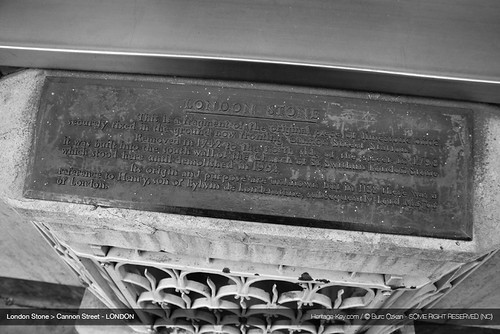
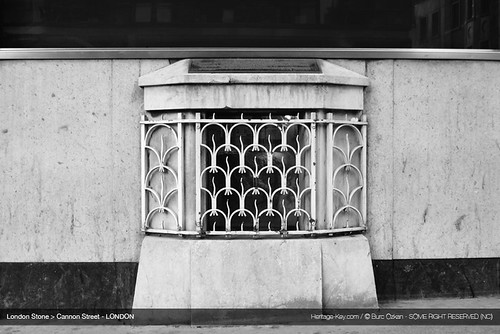
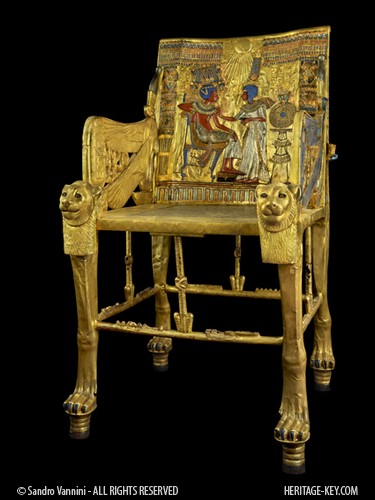
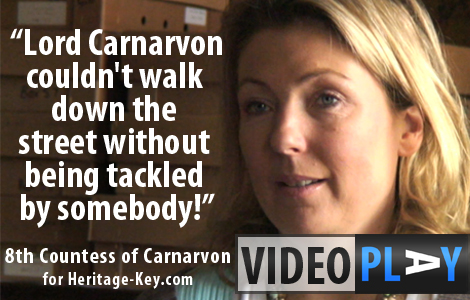
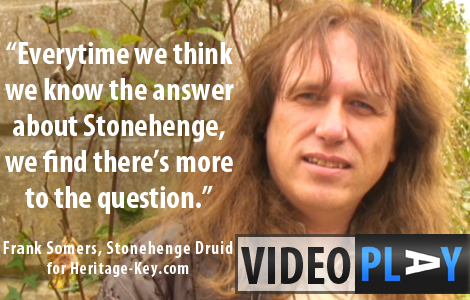
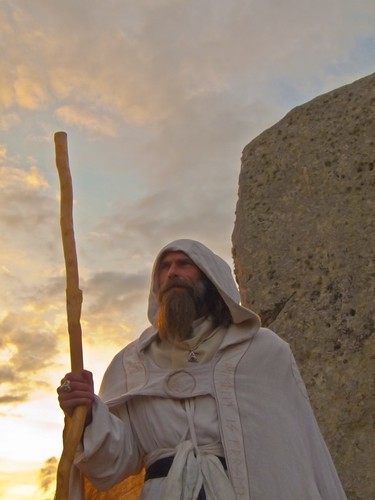

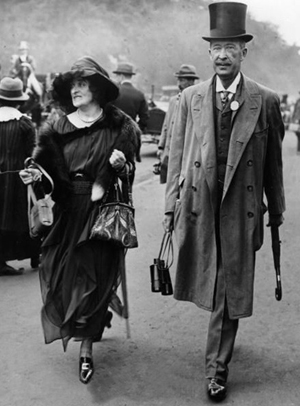 Egypt beckoned, but
Egypt beckoned, but 
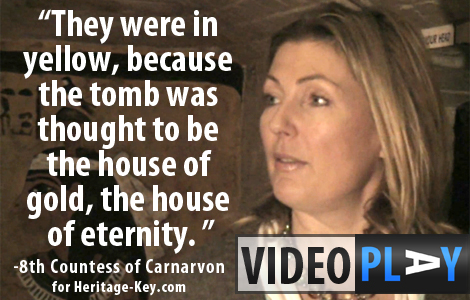
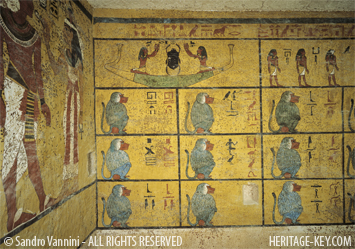 The beautiful walls’ many scenes show Tutankhamun at various stages of his quest towards resurrection. At one point he meets Nut, the goddess of the night – from whom we get our modern word for night. On the western wall are the twelve baboons, representing Thoth, god of wisdom.
The beautiful walls’ many scenes show Tutankhamun at various stages of his quest towards resurrection. At one point he meets Nut, the goddess of the night – from whom we get our modern word for night. On the western wall are the twelve baboons, representing Thoth, god of wisdom.